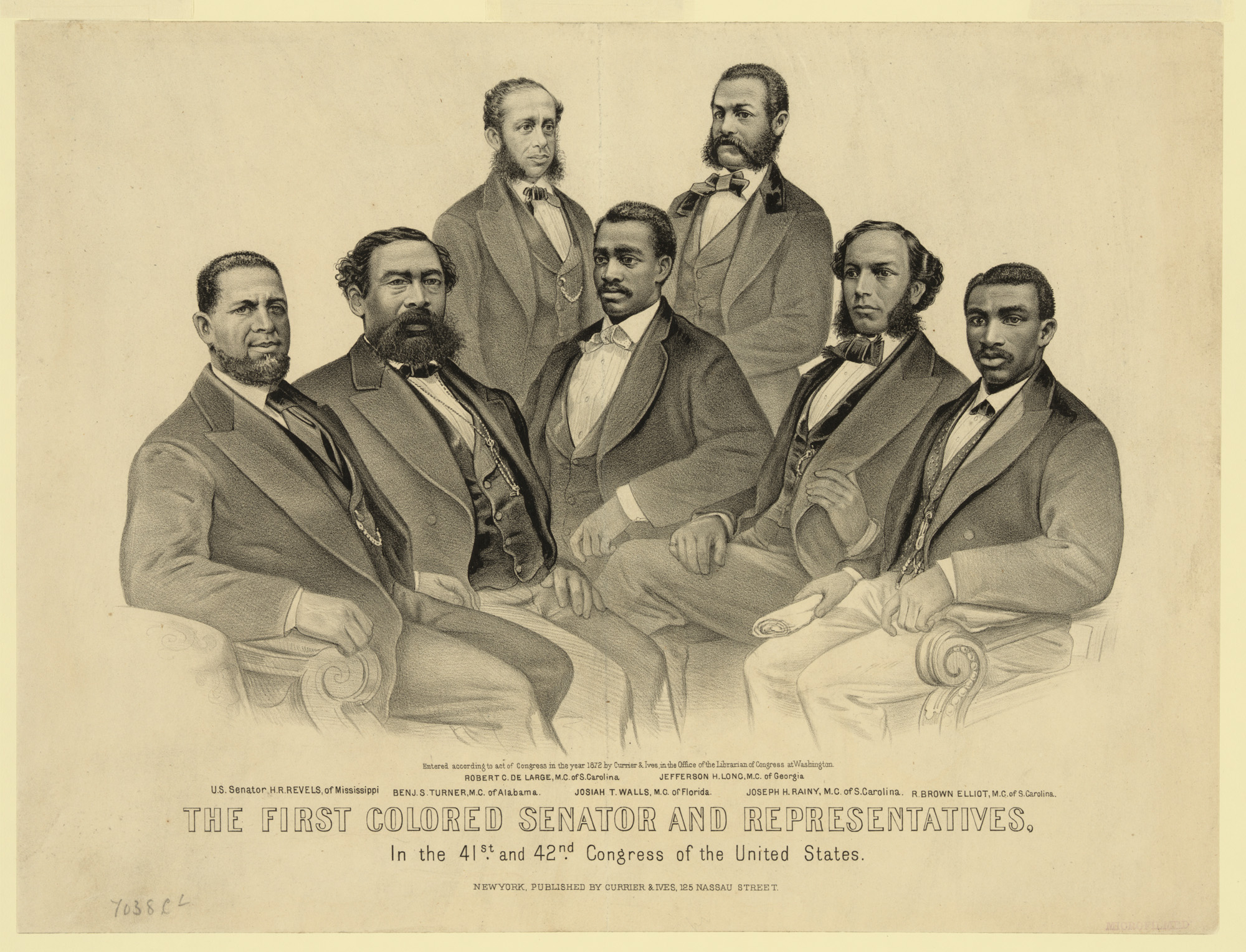Analysis of Legal Principles and Societal Perceptions in the Context of SDG 16
The Principle of Presumed Innocence and SDG 16
The legal doctrine stipulating that an individual is presumed innocent until proven guilty is a foundational element for achieving Sustainable Development Goal 16, which aims to promote peace, justice, and strong institutions. This principle is central to ensuring the targets of SDG 16 are met, particularly:
- Target 16.3: Promoting the rule of law and ensuring equal access to justice for all. The presumption of innocence is a non-negotiable component of the rule of law, safeguarding individuals from arbitrary punishment and ensuring fair legal proceedings.
- Target 16.6: Developing effective, accountable, and transparent institutions. A justice system that rigorously adheres to this principle demonstrates accountability and transparency, building public trust in its institutions.
Societal Perceptions vs. The Rule of Law
A significant challenge to upholding SDG 16 arises from the divergence between legal standards and societal perceptions. While the law presumes innocence, society often infers guilt upon a criminal charge. This societal presumption presents several obstacles to justice:
- It undermines the integrity of the judicial process by creating public pressure for a conviction, irrespective of the evidence.
- It can lead to social and economic marginalization of the accused before a verdict is rendered, impeding equal access to justice and opportunity.
- It fosters a view that a robust legal defense for the accused is an injustice to victims, creating a false dichotomy that weakens the overall framework of a fair legal system.
The Role of Legal Defense in Upholding Justice
A vigorous legal defense for an accused person is not an impediment to justice for victims but rather a critical mechanism for ensuring the strength and fairness of the entire judicial institution, as envisioned by SDG 16. A comprehensive defense guarantees that the state’s case is thoroughly tested, which is essential for preventing wrongful convictions and maintaining the legitimacy of the legal system. By ensuring every individual’s right to a fair trial is protected, the system reinforces its commitment to equal access to justice for all, a cornerstone of sustainable development and peaceful societies.
Analysis of SDGs, Targets, and Indicators
1. Which SDGs are addressed or connected to the issues highlighted in the article?
-
SDG 16: Peace, Justice and Strong Institutions
This goal is directly relevant as the article focuses on fundamental principles of the legal and justice system. It discusses the “presumption of innocence,” the role of the law, and societal perceptions of justice, which are all central to building effective and accountable institutions and ensuring justice for all.
2. What specific targets under those SDGs can be identified based on the article’s content?
-
Target 16.3: Promote the rule of law at the national and international levels and ensure equal access to justice for all.
The article’s core theme is the legal principle of being “presumed innocent until – and unless – proven guilty,” which is a cornerstone of the rule of law. The discussion about societal perceptions of guilt and fairness to victims directly relates to the challenge of ensuring that the justice system is accessed and perceived as equal for all parties involved, including the accused and the victims.
3. Are there any indicators mentioned or implied in the article that can be used to measure progress towards the identified targets?
-
Indicator 16.3.2: Unsentenced detainees as a proportion of overall prison population.
While not explicitly mentioned, this indicator is strongly implied. The principle of “presumed innocent” is the legal foundation for protecting individuals from prolonged detention without a trial. A societal “inference of presumed guilt,” as mentioned in the article, can undermine the urgency to process cases, potentially leading to a higher proportion of unsentenced detainees, thereby eroding the rule of law.
-
Indicator 16.3.1: Proportion of victims of violence in the previous 12 months who reported their victimization to competent authorities or other officially recognized conflict resolution mechanisms.
The article implies this indicator by highlighting the societal view that a “spirited defense of criminal defendants is somehow unfair to victims.” This perception can impact victims’ trust and confidence in the justice system, potentially affecting their willingness to report crimes and engage with legal authorities. Measuring victim reporting rates is a way to gauge public trust in the fairness and effectiveness of the justice system.
4. Table of SDGs, Targets, and Indicators
| SDGs | Targets | Indicators |
|---|---|---|
| SDG 16: Peace, Justice and Strong Institutions | 16.3: Promote the rule of law at the national and international levels and ensure equal access to justice for all. |
|
Source: theledger.com







